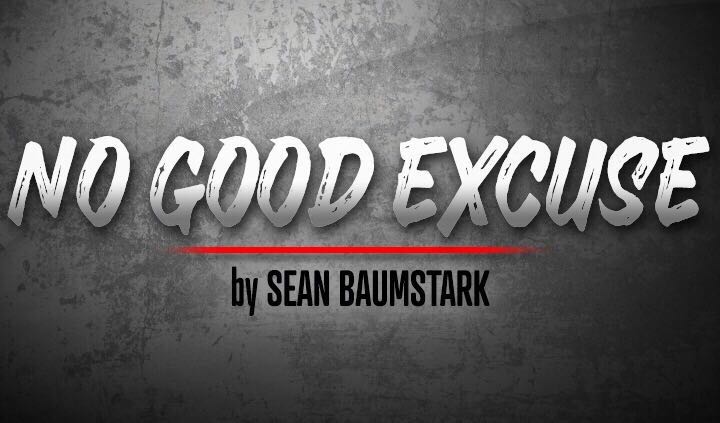The Bare Minimum: Don’t Stop There

I’ve been thinking about the “bare minimum” in the context of guest or customer service. Many companies would argue that their success, or a healthy amount of it, is due to the extraordinary service they provide their patrons.
This makes sense. In a world of plenty of supply and on-demand access at our fingertips, the difference is rarely the offering. The deciding factor for many return consumers is the experience they had and the service they received.
Because driving with a broken femur is frowned upon, I’ve had friends help me run errands lately. My errands mostly consist of going to the post office and a big box store to pick up a few grocery items and household necessities. There’s an occasional Starbucks stop or lunch while we’re out.
The other day, I ventured out on my own. Not driving, but pushing myself in my wheelchair. There is a Starbucks a few blocks away that is the perfect distance and motivation for fresh air and physical movement.
I don’t think there is anything special or extraordinary about Starbucks. (Blasphemy!) I frequent this brand for two reasons: I know what to expect with my purchases and I know what to expect in terms of service. I know that if something is wrong with my order, they’ll fix it without question.
That level of service is what keeps me coming back. The gas station next door to this particular Starbucks has fine coffee. But if it’s burned or old or not hot enough, I don’t trust the gas station employee to care, much less fix it.
The gas station’s coffee is significantly cheaper, but they’ve stopped at the bare minimum. Customers want coffee, they put out coffee. Probably nothing artisan, fresh, sustainably grown, or organic about it. No flare. Instead of asking, “What’s the best coffee we can offer for the price point we’re in?” they most likely stopped at “turn it on, press brew, and walk away.”
To avoid upsetting my East Coast friends, people out here haven’t even heard of Wawa.
If you consider the places you enjoy visiting, be it a restaurant, local brewery, favorite hotel, or favorite boutique, I’m willing to bet that you’d highlight the service offered as a main reason for your continued patronage. Whether you describe the place as comfortable or clean, and the people as friendly or helpful, these are all forms of service. Areas where the business goes above and beyond the bare minimum.
The service of specific establishments isn’t what inspired this column. Instead, while pushing myself through my large apartment complex and entering and exiting the bathroom at Starbucks, I realized just how bare minimum we often are as a society in serving those with disabilities.
In addition to the restrooms at Starbucks, I recalled my difficulties in using the “accessible” restrooms with a wheelchair recently at the Los Angeles and Las Vegas airports.
I was fine using the restrooms, thanks to extra and thoughtfully placed grab bars. The difficulty was in getting into and exiting out of these restrooms.
And at my apartment complex, I found myself navigating the driveways, speed bumps, and passing vehicles. Not because there aren’t sidewalks, but because the sidewalks have no curb cuts. None. Rendering them inaccessible for anyone in a wheelchair.
I’ve never noticed these things before. Before using a wheelchair, I would have thought that adding a few grab bars and slapping a blue sign on the door were good enough for a public bathroom. In some cases, grab bars are the bare minimum. In too many cases, that is good enough. That’s where the effort to serve people with disabilities too often stops: at the bare minimum.
My apartment complex seems to be ADA compliant because of the age of development and the accessibility measures they have taken for the public access areas, such as the pool and office. Never mind that I’m navigating the uneven terrain of the gutters and moving nearly 3 feet into the driveway and drive lanes used by 2-ton vehicles.
I’m not looking to take anyone to task on these issues. Instead, as I recently wrote about a self-facing mirror, these situations are causing me to look inward and access within myself: Am I executing the bare minimum, or am I giving this life the best that I can?
***
Friedreich’s Ataxia News is strictly a news and information website about the disease. It does not provide medical advice, diagnosis, or treatment. This content is not intended to be a substitute for professional medical advice, diagnosis, or treatment. Always seek the advice of your physician or another qualified health provider with any questions you may have regarding a medical condition. Never disregard professional medical advice or delay in seeking it because of something you have read on this website.







Comments